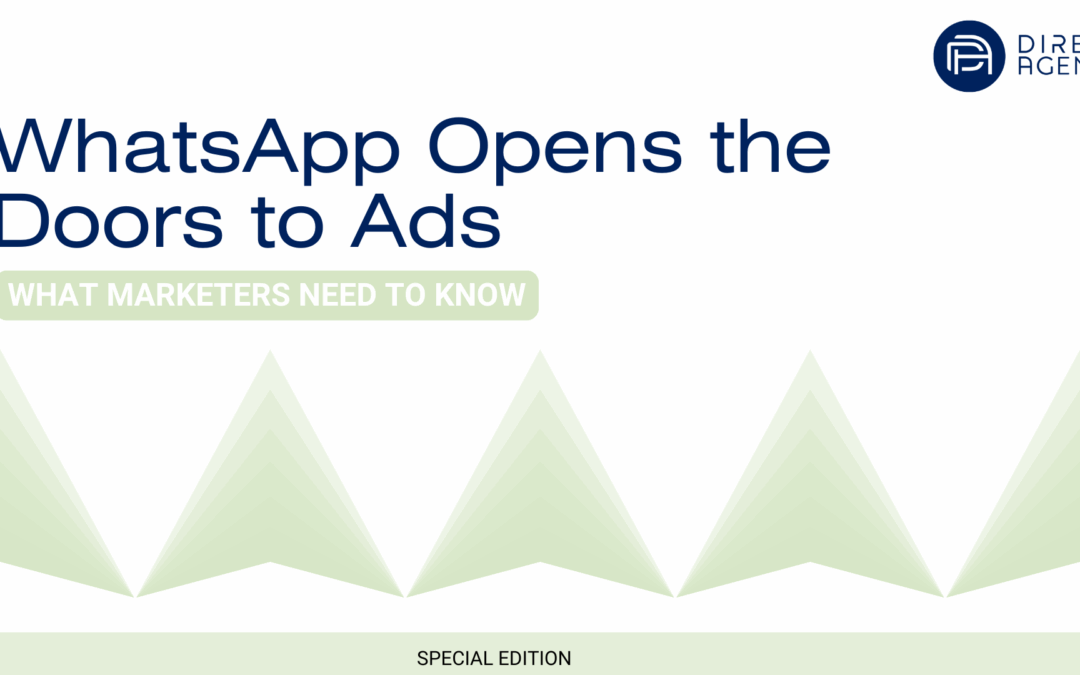Over the next few months, ads will finally come to WhatsApp. Meta announced this update during this year’s Cannes Lions Advertising conference. While this is a major shift for a platform that’s built its market position based on being private and ad-free, this will not surprise most who have been following Meta’s recent business dealings and plans for WhatsApp.
What’s Changing
Meta will begin serving ads inside WhatsApp, specifically within the “updates” tab, WhatsApp’s version of stories. Meta claims that this section of the app sees 1.5 billion daily users, giving Meta a substantial avenue for additional revenue without interrupting users’ personal conversations. Meta claims that private messages, calls, and statuses will remain end-to-end encrypted, and that there are no current plans to introduce ads in chats anytime soon.
Data collection of users will be specific to location, device language, followed channels, and users’ interaction with ads. However, Meta says sharing data across apps (like IG and FB) will be optional.
Why This Matters
WhatsApp has more than 2 billion users globally, with deep penetration in key international markets like Brazil, India, Indonesia, and Nigeria, places where traditional ad platforms may not always reach users as effectively. This rollout represents a major new revenue stream for Meta, particularly as the company invests heavily in AI (reportedly over $14 billion) and other initiatives that demand substantial revenue growth.
From a marketing perspective, this unlocks new inventory on a high-engagement platform that, until now, was largely untapped for ads.
What to Watch Out For
- Privacy Perception: WhatsApp has long traded on trust. Its 2021 policy update led to public backlash over perceived data sharing with Facebook. Any move that even appears to compromise that privacy could reignite skepticism — especially in Western markets.
- User Pushback: Introducing ads to a platform that was famously anti-ads may turn off some users. The balance between monetization and user experience will be key.
- Measurement & Targeting: With limited targeting data and a cautious rollout, performance marketers will want to keep a close eye on how effective these placements really are — and what scale looks like in practice.
Closing Thoughts
While marketers should be excited about the opportunity to reach new audiences on one of the world’s most-used apps, it’s important to watch how users respond. WhatsApp has long been seen as a private, ad-free space, and public sentiment could shift quickly. However, ads appear to be on the platform to stay, so Marketers should begin to test this new inventory source and keep a close eye on performance, especially given the potential targeting limitations that come with the privacy focus of the app.

